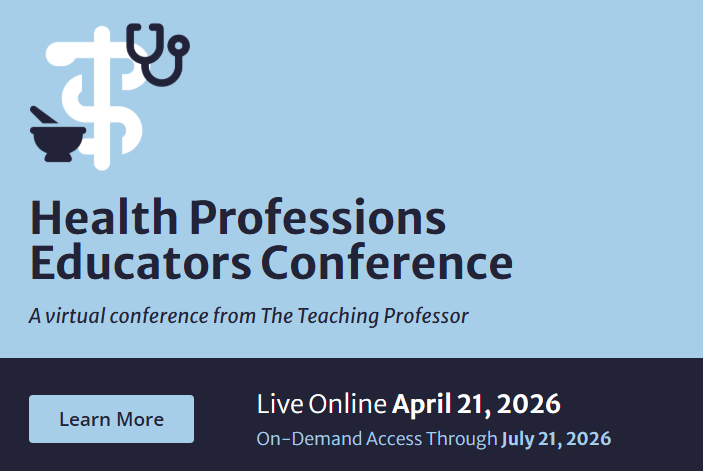Are More Regulations Coming for Online Education?
After years of double-digit growth and more than 4.5 million students currently learning online, almost everyone agrees that online education has moved from the periphery of higher education to the mainstream. It also has moved into the sight line of the federal government, which has stepped up efforts to better monitor, structure, and regulate online education.



